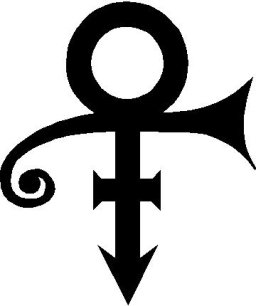milow369
Birdie Member
- Joined
- Dec 4, 2008
- Messages
- 277
Some really great stuff here all, glad I asked. Thanks as always for your insight.
Reading through, and attempting to interpret the PDGA rules can give me a headache. No excuse for not reading regularly. Your comments help reinforce my understanding of the rules.
Ok, some takeaways
The circle 32.8 feet (30 meters) is the magic distance. If your mini is inside that ring, no forward movement is allowed (i.e., falling putt - I have been called on that before)
Outside the ring - usually a group consensus prior to the shot can confirm if it's close) you are ok to let your momentum carry you over your mark providing the disc is released first.
Thanks again all, that about answers all of my questions
MLow
Reading through, and attempting to interpret the PDGA rules can give me a headache. No excuse for not reading regularly. Your comments help reinforce my understanding of the rules.
Ok, some takeaways
The circle 32.8 feet (30 meters) is the magic distance. If your mini is inside that ring, no forward movement is allowed (i.e., falling putt - I have been called on that before)
Outside the ring - usually a group consensus prior to the shot can confirm if it's close) you are ok to let your momentum carry you over your mark providing the disc is released first.
Thanks again all, that about answers all of my questions
MLow
